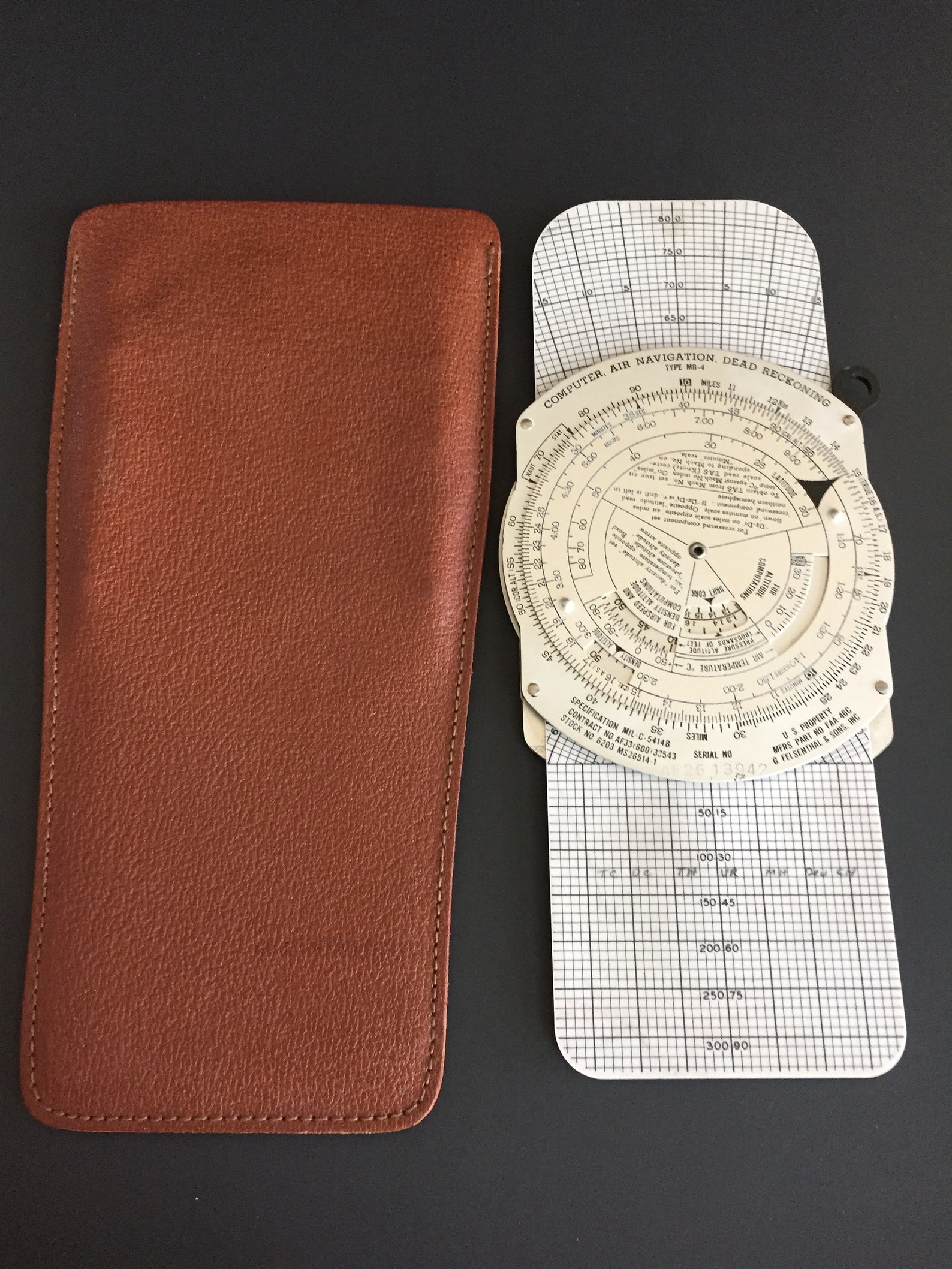

The other rule is in a Korean War display and is the black anodized style instead of bare aluminum.
#COMPUTER AIR NAVIGATION DEAD RECKONING MANUAL#
Over time, this process has gone from manual computation to computer automation, including the implementation of inertial navigation systems in the Cold War that measured acceleration in multiple axes to determine movement over time. like my Air Corp rule, but is marked \Computer, Air Navigation, Dead Reckoning, Type MB-6B.' It is also marked \MFRS PART NO FAA-46C.' This is the same model rule used to illustrate the 1959 edition of the Air Force Manual on Air Navigation.

The API foreshadowed the future importance of computing in navigation. This system became standard on the American B-29. It took inputs from airspeed sensors and gyro magnetic compasses and continuously computed latitude and longitude. 10 MILES 11 COMPUTER, AIR NAVIGATION, DEAD RECKONING 10 MINUTES U 1:40 HOURS 1:50 020 lo ponding to Mach Noon ' Minutes scale scale read TAS ( Knots ). The process of dead reckoning depends on determining wind drift through observations or estimates and predicting the movement of the aircraft based on heading and speed. The Air Position Indicator (API) was a remarkable electromechanical system of dead reckoning. Between these fixes, aviators had to depend on a best guess in the form of a calculated position known as dead reckoning.

Knowing position between fixes required its own technology.īefore the advent of automated positioning systems, such as later versions of LORAN-C, GPS, or the Astroinertial Navigation System that continuously computed positions, aviators and air navigators determined “fixes” by verifying position using known features on the surface, by using computed positions from celestial observations, or by bearings and lines of position from radio navigation stations.


 0 kommentar(er)
0 kommentar(er)
